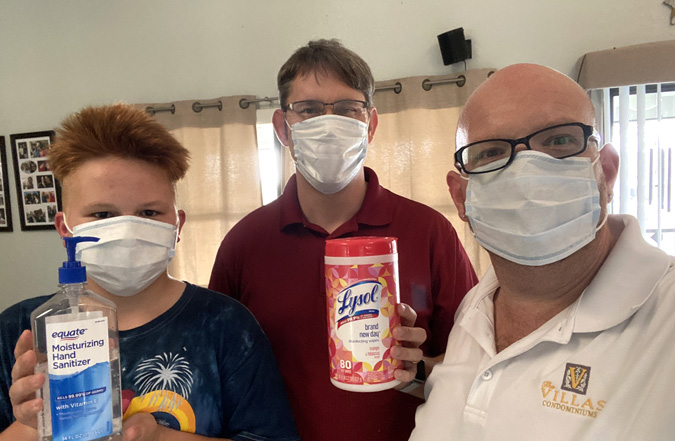
As summer comes to an end and the new school year approaches, your family may be feeling excited, relieved, worried, or a mixture of all three! Many parents wonder how they can support their foster or adoptive children in school.
Luckily, AdoptUSKids has resources that can help.
Advocating for your child at school
In December, we published advice about advocating for your child in the school setting, with the help of Melissa Sadin. Melissa has extensive professional experience, including as a special education and gifted education teacher, and is the author of five books on attachment trauma. She’s also an adoptive parent.
In an article about advocating for your child at school, Melissa explains how trauma impacts the brain and learning. She also offers advice for parents, including how to help your child access an IEP.
Creating a safe and affirming community for your LGBTQ+ child or youth
One step you can take to affirm your child is to help create a safer community in which they can thrive, and school is a large part of a child’s community.
Students who are perceived as gay, lesbian, or transgender are much more likely to be bullied by classmates, according to research. To make sure your child’s gender expression and identity are supported, start conversations in important spaces, like at school board meetings. This article about supporting sexual orientation and gender identity and expression in children offers additional advice.
Understanding how FASD impacts children and youth in school
According to Barb Clark, who is a parent of a child with a fetal alcohol spectrum disorder (FASD), “Parents, schools, and other systems often have unrealistic expectations of what [children with FASD] are capable of and understand.”
She continues on that “this disconnect between a child’s capacity and an adult’s expectations can have serious ramifications,” including in school.
Barb shares advice for parents in an article about changing your approach when your children can’t change.


